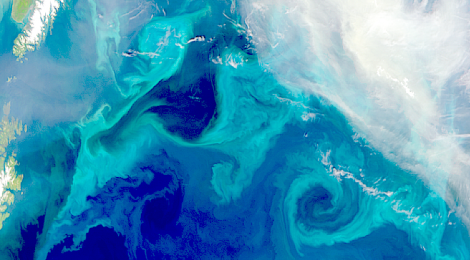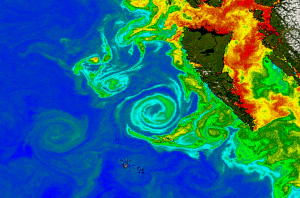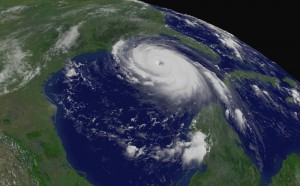
Ocean Eddies Are Perfect Ocean Pastures
Ocean Life Is Drawn To Ocean Eddies They Are Oases In A Vast Blue Desert
Ocean eddies are commonly bigger than a city and filled with more than a billion tonnes of slowly swirling water. A common size is about 100 kilometers, or 60 miles across. They move at a snail’s pace and take many days to rotate. Their rotation keeps the water within them as they drift slowly and carrying warm and cold water over vast distances, sometime thousands of miles of ocean. These massive systems are perhaps the most vital part of Earth’s ecology and climate. We are just beginning to unravel their mysteries and wonders.

Large ‘mesoscale’ ocean eddies to the west of British Columbia are seen in this false color depiction of phyto-plankton chlorophyll. Red in the most chlorophyll blue is none.
Ocean eddies are so large that you can’t see them while on the ocean, or even flying over in a plane. They are really only visible from space and then only with the help of instruments that collect more information about the ocean than can be seen with the human eye.

Hurricane Katrina in the Gulf of Mexico is an example of a large atmospheric eddy, easy to see with their swirling bright clouds.
You don’t just see eddies in the ocean – they are everywhere in nature found in tiny whiffs of smoke or behind a rock in a river. Atmospheric eddies in the form of storms and the big ones hurricanes and typhoons can be seen on a weather forecast.








